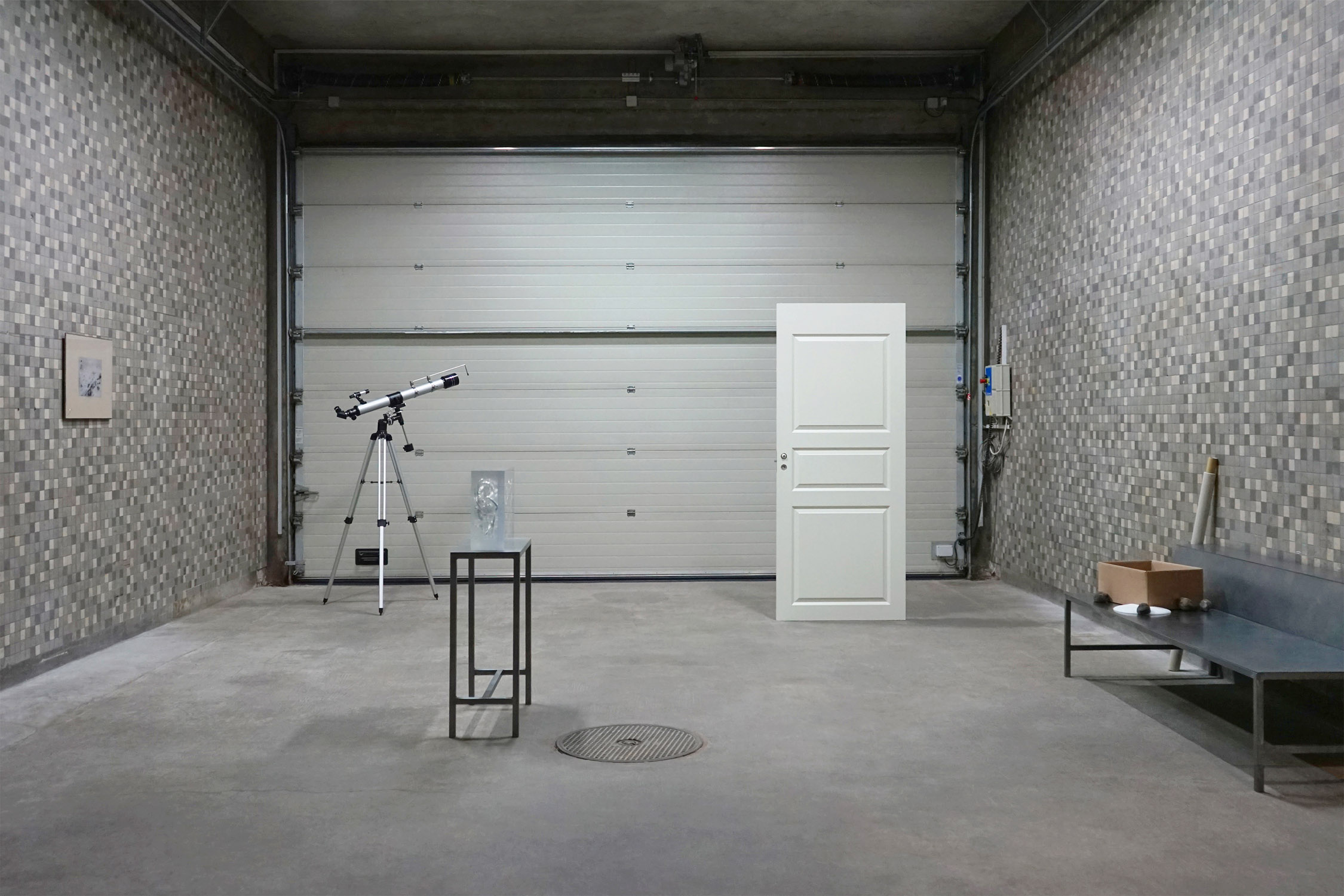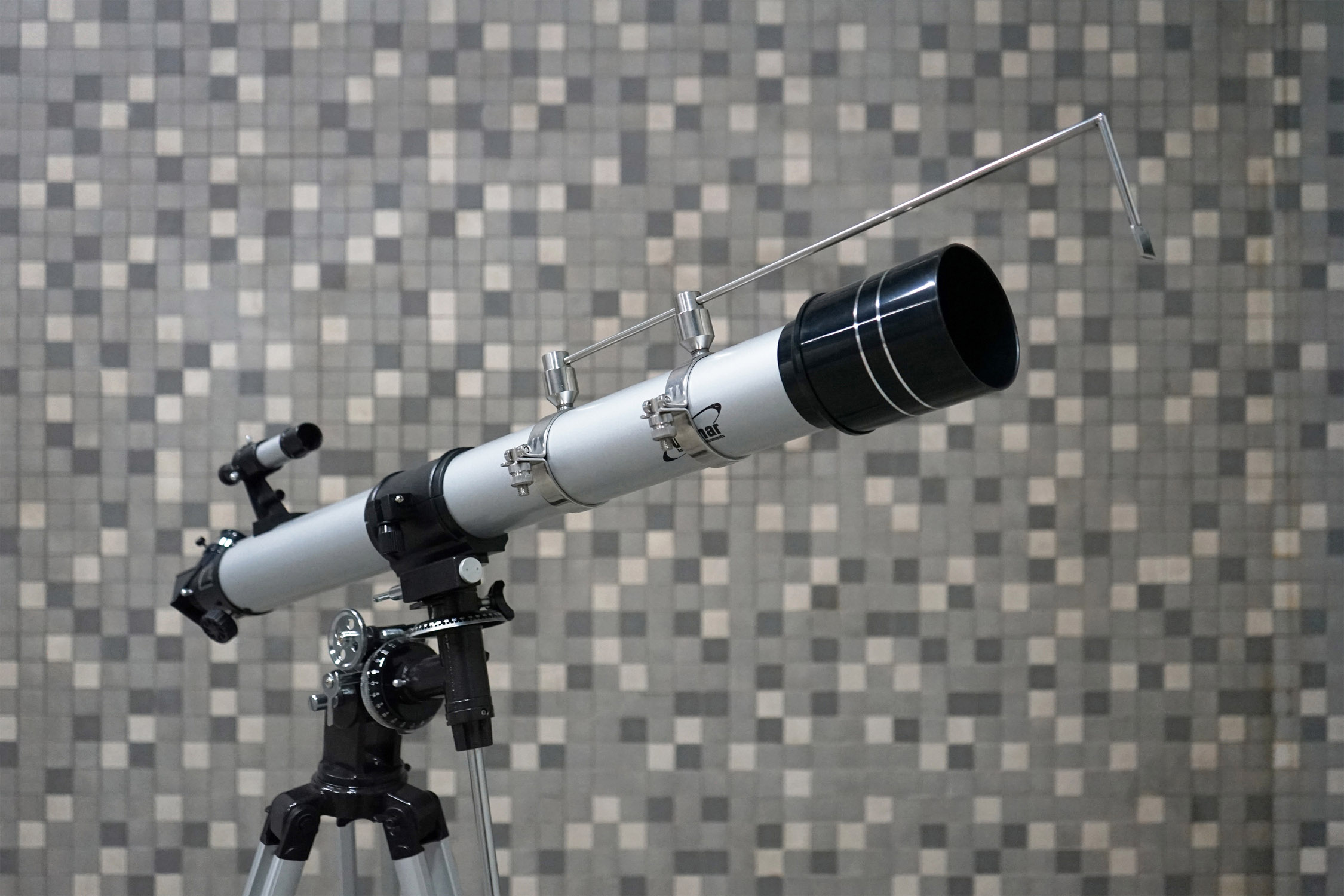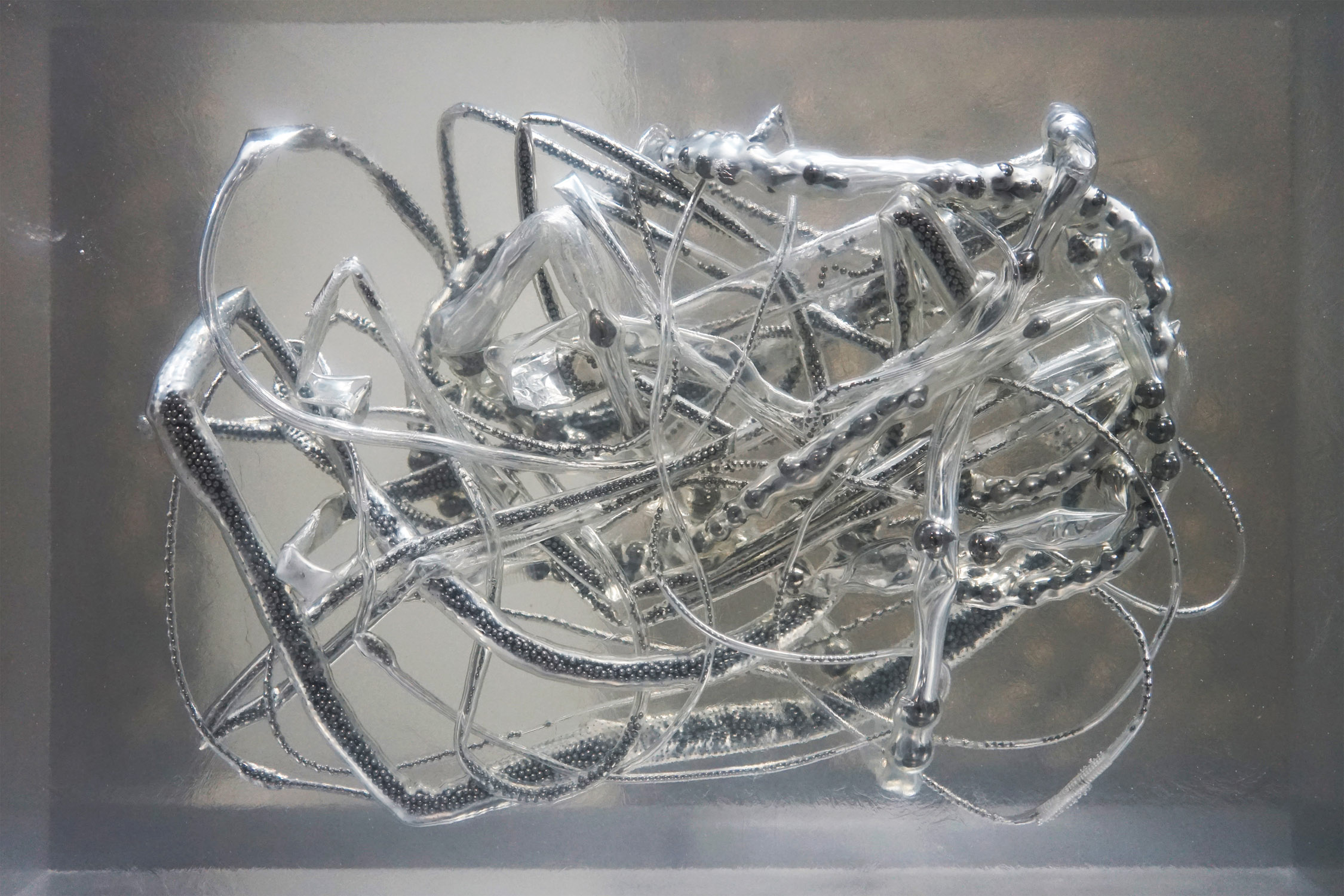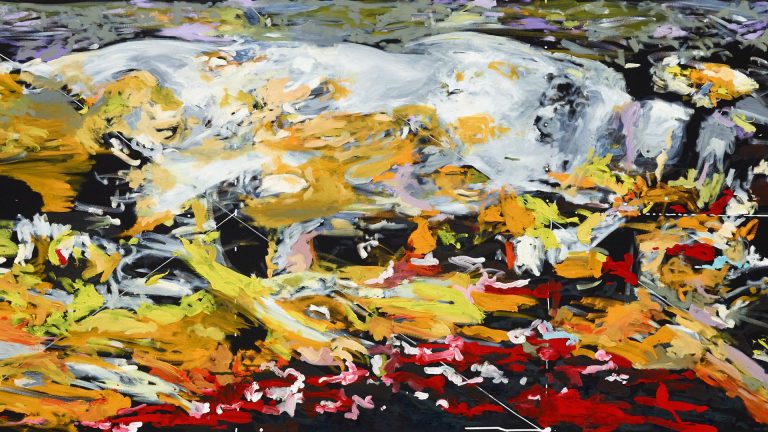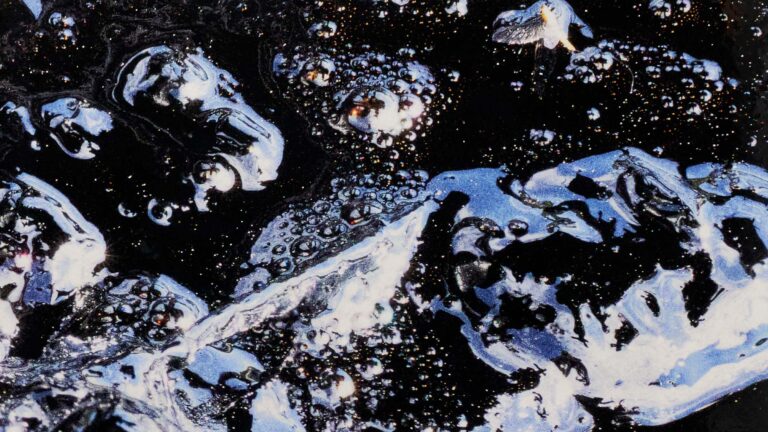When I was about ten years old, I visited a friend’s house, a two-story villa on a sloping hill. The living room had floor to ceiling glass panes. The transparent layer framed a scene of nature, trees, clouds, and rolling hills and fields where a farmer had just turned the soil. By the windows was a telescope, pointed out over this setting. I was wearing socks, standing on a carpet that was covering a floor, with a basement beneath it, more floorboards below, some insulation in between, and a concrete foundation underneath it.
The explanatory gap in neuroscience shows that the subjective experience does not match the neural circuitry of the brain, and thus a large explanatory gap remains between the ways in which information is received and coded in the brain and our perception of a stable world. Panpsychism, as the view that consciousness is everywhere, has significant theoretical implications with respect to the mind–body problem, as well as the question of the intrinsic nature of the physical world. One of its potential practical or ethical implications is whether, if it is true, it follows that ‘we are all one’, in a sense that implies that egoism (understood as bias towards what we normally, but falsely, take to constitute the self or ego) is not only immoral but also fundamentally irrational or imprudent (1). It should be noted that panpsychism doesn’t entail that every conceivable entity possesses mind. For example, valid panpsychist theories may exclude composite or collective entities, such as piles of sand, or tables and chairs. They may exclude physical ultimates such as atoms, or they may include only physical ultimates. They may include matter but exclude various forms of energy. They may exclude conceptual or logical entities, such as numbers (2).
Quantitative facts, and a few notes (I know now that these are not answers, just further confusions, argh). The universe is 13.8 billion years old, the contents of the universe include 4.4 percent atoms, 22.4 percent of an unknown type of dark matter, and 73.2 percent of an undisclosed dark energy. The stars are 10 billion years old, the Sun is 5 billion years old, it takes 1.3 million Earths to fill the volume of the Sun, Earth’s molten core is 4.5 billion years old, the first oceans are 3.8 billion years old. The Bible says that Earth is 6000 years old, Genesis 1 King James V.1: In the beginning God created the heaven and the earth. And the Earth was without form, void and darkness was upon its face. An incandescent light bulb converts about 90 percent of the electricity it consumes into heat and 10 percent into light, newer LED bulbs function the opposite way, with a 10/90 percent ratio, speed of light is 300.000 km per second, Earth’s distance from the Sun 150 million km, year 0, year 2000, we, us now, got to experience a millennium on that time line, some people say its year 8526, or 7. Information like thoughts and emotions are processed at a speed of up to 120 m per second, which travel through electrical signals along the axons of neurons, average weight of a human brain 1305 g, atoms in the human brain 1026, atoms in the universe 1078 x 1082, average weight of a human 65 kg, weight of all humans on earth 521.500.000.000 kg, La Jolla Complex life expectancy 16-17 years, number of stars in the universe is around 200 billion trillion, a 500 g corn flakes box has about 5000 corn flakes, the weight of a cornflake can unfortunately vary due to differences in size, making it difficult to assign a consistent weight to each one (stress), 1 table spoon sugar has 60000 grains of sugar, a single grain of sugar is a cube app. 0.25 mm per side, with a volume of 1.6 x 10-11 cubic meters, the average weight of a grain of sugar is 0.2 mg, number of grains of sugar on Earth is unknown (stress), the paradox of God is that God cannot create so many cornflakes with sugar that God couldn’t eat them all (stress). A body requires an average of 1250 grams of food and 3.2 liters of liquid daily. Other needs are prioritized next, recreation and entertainment following later.
To a body of infinite size, there can be ascribed neither center nor boundary (3). The figure is androgynous, without sex or beyond it (4). The energy body, the being, has no name, country, or planet. A floating tank in an ashram is shaped like a pyramid, it’s large, and precisely aligned with Earth’s cardinal points. It stands at an awkward diagonal across the room because the building, constructed earlier by others, was built according to more pragmatic lines on the plot of land. Not an efficient use of space, but dedicated, or just convinced, of something. Sometimes, when being in the pyramid and a yogi comes to end the meditation, they open the door on the side, and I find myself looking straight up at them, realizing only then that I’ve been spinning around in the tank, unaware of how many times I’ve turned around my axis. I heard the same in the villa, somebody on TV said something about this as well.
(1) Hedda Hassel Mørch, Non-physicalist Theories of Consciousness, Cambridge University Press, 2023
(2) David Skrbina, Panpsychism in the West, revised edition, The MIT Press, 2017
(3) Giordano Bruno, On the Infinite, the Universe and the Worlds (1584), Scott Gosnell, Createspace, 2014
(4) Alina Szapocznikow, Sculpture Undone 1955-1972, Elena Filipovic, Joanna Mytkowska, MOMA New York, 2012
